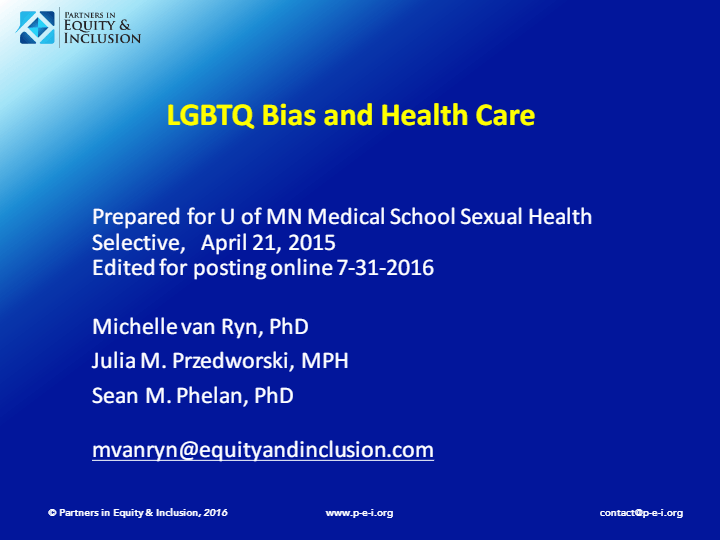Social Harmony versus Social Change? Majority and Minority Perspectives on Common Identity
[pdf-embedder url=”https://www.p-e-i.org/wp-content/uploads/securepdfs/2016/09/Dovidio@2010-conference.pdf” title=”dovidio2010-conference”] These slides are from a presentation Dr. Dovidio gave for a scientific audience at the U Mass Conference on Inter-Group Conflict, 2010 Abstract: The effects of positive intergroup contact for improving intergroup attitudes are impressively and extensively documented. Beyond demonstrating the robustness of these effects, recently research has focused on identifying…









